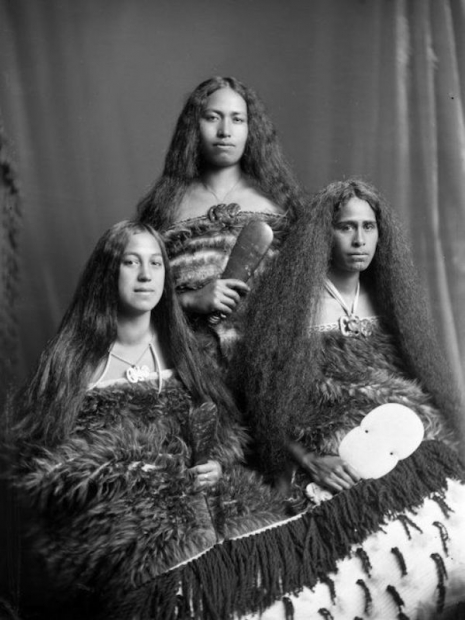
Moko is the name for a Māori permanent body marking. It was originally carved with bones creating a scarring on the skin rather than a tattoo made with a needle and ink. Each moko is unique to the wearer. It depicts the story of the wearer’s family, their ancestral tribe, and their position within that group. The moko is created by the Tohunga tā moko. Māori men have moko on their faces, backs, buttocks, and thighs. Women mostly have a moko kauae on their lips, chins, and necks, and occasionally on their foreheads.
In Māori culture:
A moko on the face is the ultimate statement of one’s identity as a Māori. The head is believed to be the most sacred part of the body. To wear the moko on the face is to bear an undeniable declaration of who you are.
After the Brits colonized New Zealand, ta moko declined as a cultural form. This was partly due to the Tohunga Suppression Act of 1907, which outlawed Māori medical practices. As these were closely linked to Māori spiritual and cultural traditions, the Māoris lost much of their culture and became what was termed as a “lost race.” The Act was eventually repealed in 1962.
These photographs of Māori women were taken circa 1900-1910. These were among some of the last women to wear the traditional moko kauae before its resurgence in recent decades.
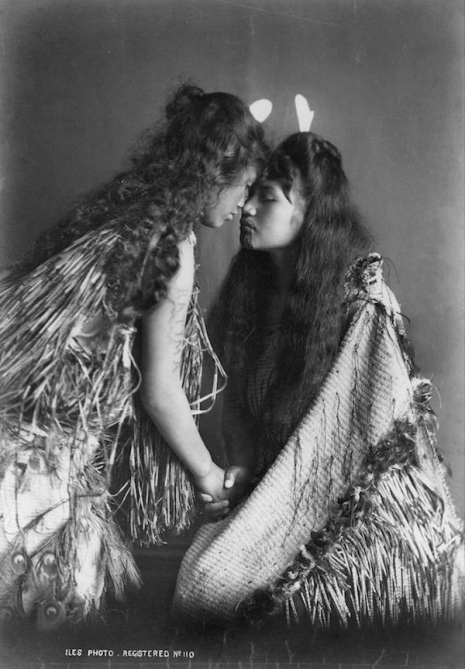



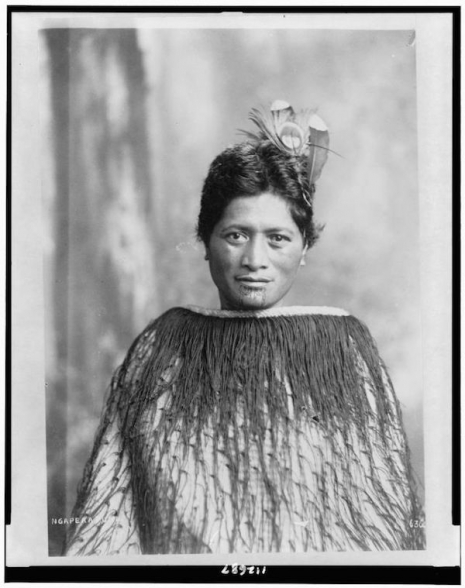

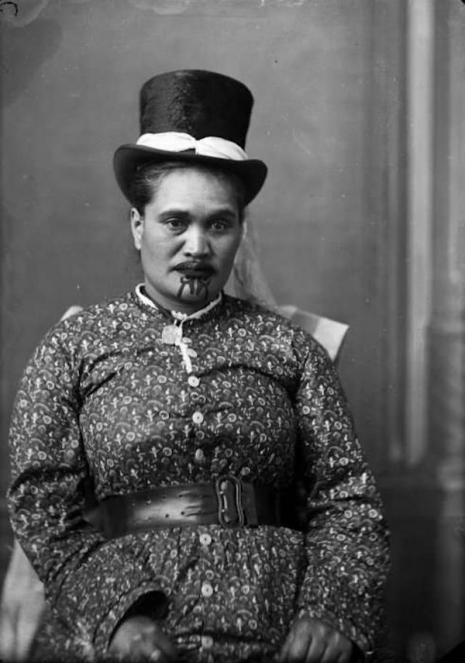
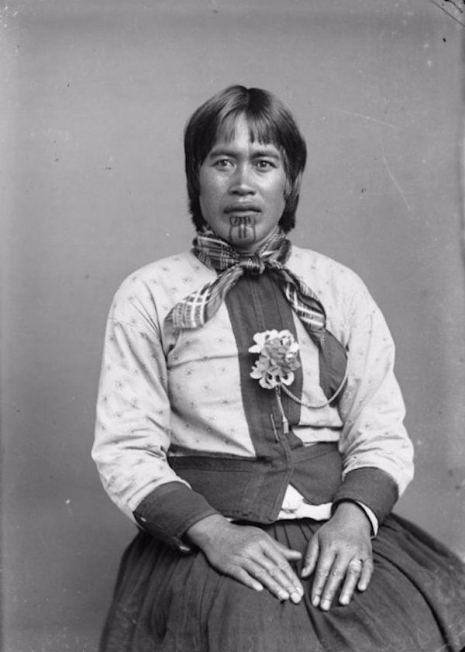

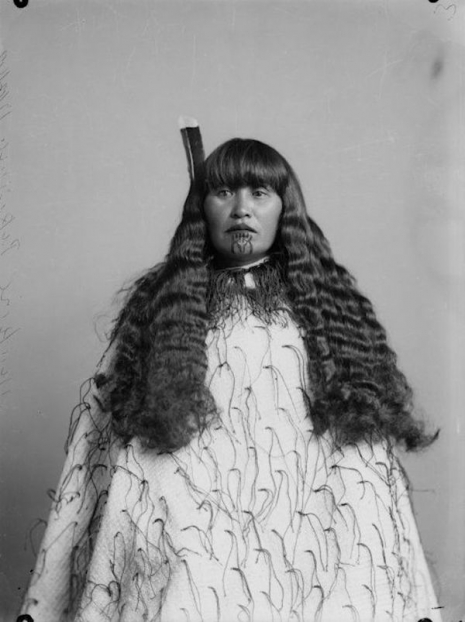
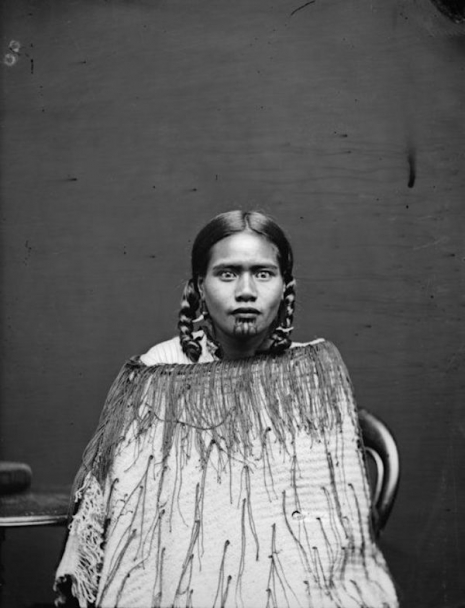
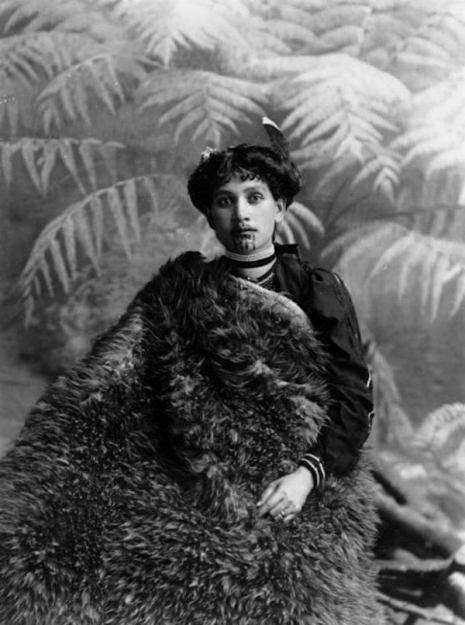
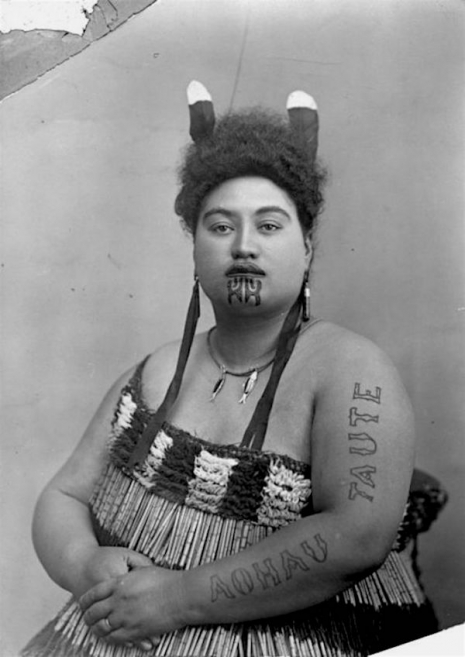
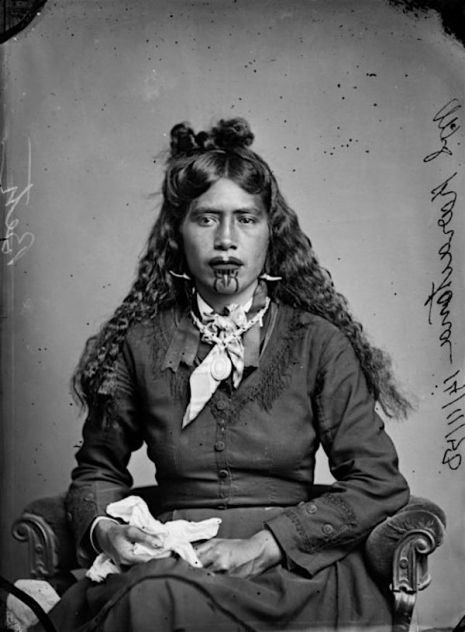
H/T Vintage Everyday.